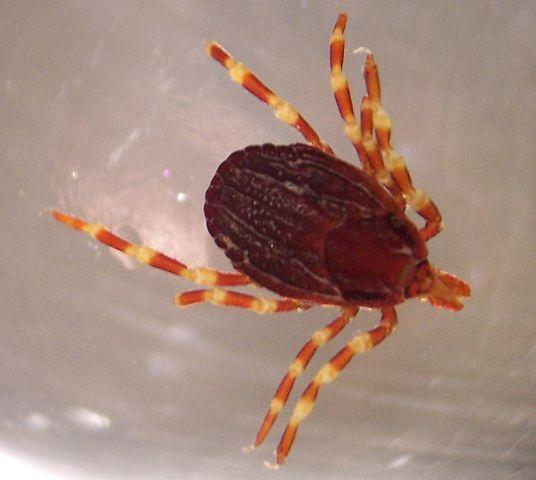Crimean-Congo haemorrhagic fever (CCHF) is caused by a zoonotic virus that appears to be asymptomatic in animals, but can pose a serious threat to both animals and humans. The disease usually starts as a non-specific flu-like illness, but in some cases develops into a severe, life-threatening haemorrhagic syndrome.
Crimean-Congo hemorrhagic fever virus (CCHFV) is widely distributed in the Eastern Hemisphere. However, it can circulate for years without being recognized, as subclinical infections and mild cases are relatively common, and sporadic severe cases may be misdiagnosed as hemorrhagic disease caused by other organisms. In recent years, the presence of CCHFV has been identified in several of countries for the first time.
CCHFV is widespread in Africa, the Middle East and Asia, and also occur in parts of southern and eastern Europe. It is likely that this virus only persists where ticks of the genus Hyalomma have colonised. Evidence of its presence has been found in Europe and Asia. It has been reported as far north as Spain, Portugal, Hungary, Romania, Bulgaria, Ukraine, Kosovo, Albania, Macedonia, southern Russia, Mongolia, Kazakhstan and Uzbekistan, although human clinical cases have not been documented in all countries.
In addition to the many natural changes that we are already familiar with, climate change is also leading to the migration of organisms. The reason for this is relatively simple: the climate that is ideal for a particular species is only present in a certain part of the world. Global climate change is shifting the boundaries of these climate zones, causing older habitats to vanish while new ones appear. Inevitably, this is accompanied by the migration of different species, some of which may be dangerous. The effects and extent of this are difficult to predict - but unfortunately the process is already beginning to affect Europe.
In the last few years, there have been several press reports that a potential distributor of CCHF has been found in Hungary. Thanks to the public tick surveillance system of the Eötvös Loránd Research Network (ELKH) Ecological Research Centre, several cases of the Hyalomma tick, which is not native to Hungary, have been identified. In the tick monitoring project, researchers are using citizen science methods to investigate the colonisation of ticks, which are becoming increasingly common in Hungary. Of all the tick species received so far, the Hyalomma tick is undoubtedly the most remarkable.
The two identified Hyalomma ticks have been spotted at different parts of Hungary. It is likely that migratory birds may also play a role in the spread of ticks between regions.
In order to control emerging pathogens in Hungary, it is important to know the extent to which these species are present in the country.

